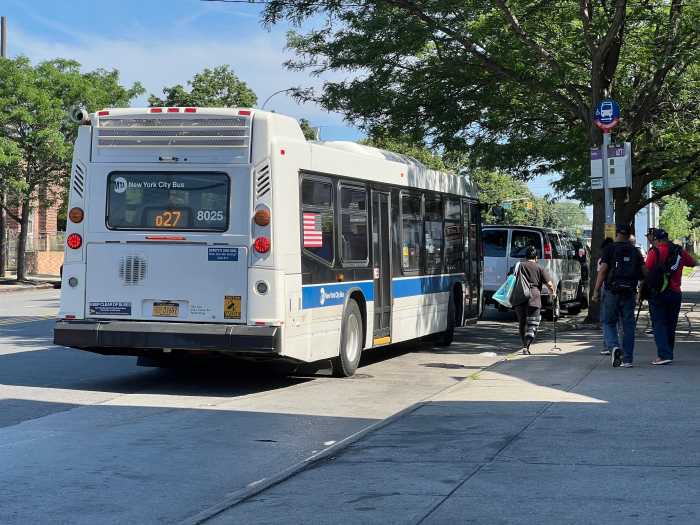By Bob Harris
As the year 2015 starts, the Department of Education should correct some of its policies which set up some schools to fail.
Schools are rated and the statistics which are generated determine if a school is doing well or should be rated as a failure and closed. The same thing happens to teachers.
One of the fallacies the DOE insists on is that students must achieve a certain reading score in the lower grades and graduate in four years from high school. How can one expect students who come from a foreign country which taught in a foreign language to learn enough English and be proficient enough in English to pass a reading test in English, let alone learn enough of our culture to be tested based on our cultural usage on the tests?
Some high schools only accept students who have been here for a few years. Some big high schools have many foreign-born students and this pulls down their reading scores. These schools are unfairly penalized. Some people blame the teachers for this.
Another problem is that some schools receive a number of teenagers who have been in youth prisons. Some of these youth are street smart. Some are hostile, defiant, unruly, and have academic deficiencies. They cut classes, roam the halls, and ignore the hall monitors while disrupting classes with their noise. They are also failing their classes and thus pulling down the scores of their large and small high schools. Years ago the DOE tried special schools for these students but the school were called segregated and closed. Perhaps enough social workers, guidance counselors and a teacher ratio of one to two or three students could help.
Speaking of guidance, most schools only have a few with perhaps one counselor for 500 or 600 students, but in most cases the ratio is perhaps one to 1,000 or more students. Yet, it is amazing what these counselors do considering the odds. Remember, everyone has to graduate from high school in four years or else.
Then came along the idea of making the standards harder by setting up new “common core standards.” Not only is the vocabulary harder, but there were new methods of thinking and evaluating and analyzing. These new concepts were often taught in SP or honor classes, but not to the average students unless there was an unusually receptive class without any disruptive or emotionally disturbed students.
To really get these important concepts operating, considering the demands of the world economy, our “leaders” decided to introduce them immediately and then test the students immediately. Not only did the teachers not really understand what was wanted but they did not have the teaching materials needed for them to teach the concepts. A 3- or 4-year break-in period was needed.
All test scores went down 30 to 40 percent. It is interesting that the same school districts which always scored the highest still were higher. The same people who hated the public schools naturally blamed the teachers. Imagine, wanting to rate teachers on materials the teachers never had been taught and had therefore had never been taught to their students.
The DOE has to work with the UFT and legislators to figure out a way to evaluate the schools called charter schools which are not tested or evaluated by government officials although they use public money. The charter schools seem to do well but they have few if any special needs, disruptive, or non-English speaking students. These schools don’t reject problem students but just don’t provide services for them so the parents don’t try to send their children to these schools. They also counsel out any children who have problems and are pulling their scores down.
The DOE must make sure that teachers are respected and are given enough supplies. Too many teachers spend their own money to buy material they feel they need for their classroom.





































